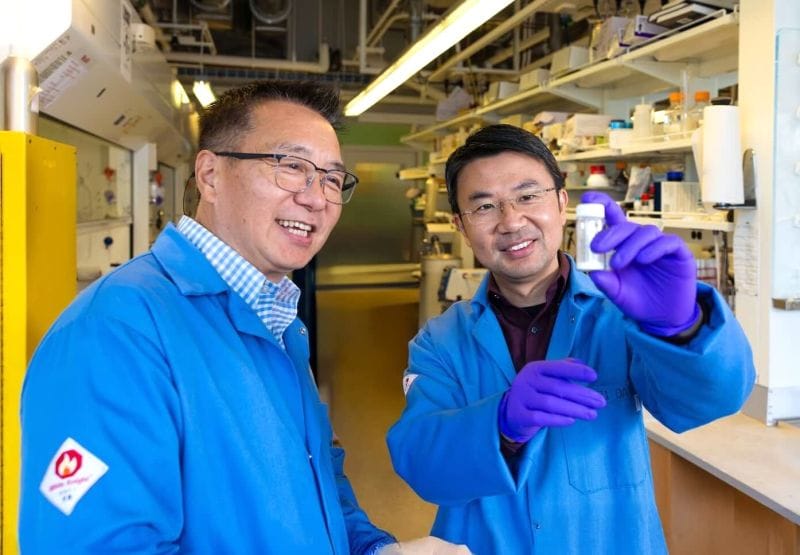RSS feed source: Federal Emergency Management Agency
FEMA is hosting a Housing Resource Fair from 9 a.m. to 5 p.m., Friday May 16 and Saturday May 17, in Valdosta at the following location:
Lowndes County Civic Center Building
2108 E. Hill Ave- Bldg. D
Valdosta, GA 31601
The Housing Resource Fair will bring together federal, state and local agencies in one place to offer services and resources to families recovering from Hurricane Helene.
The goal of this collaborative effort is to help connect eligible disaster survivors with affordable housing along with valuable information and resources on their road to recovery.
Survivors will get information on available rental properties, the HEARTS Georgia Sheltering Program, and U.S. Small Business Administration (SBA) loans.
The Housing Resource Fair is an opportunity for survivors to:
Explore affordable housing options and rental assistance programs. Gain access to resources for displaced individuals and families. Learn from community partners about educational funding resources.
For FEMA Federal Coordinating Officer Kevin Wallace, the Housing Resource Fair is opportunity to give survivors a one-on-one experience: “We want survivors to know we are here for them and want to see the best outcome, which is moving into safe, sanitary and functioning housing,” he said. “We will walk them through their options to ensure they are aware of the resources that are available to fit their need.”
Anyone affected by Tropical Storm Debby or Hurricane Helene, whether they have applied for FEMA
Click this link to continue reading the article on the source website.



